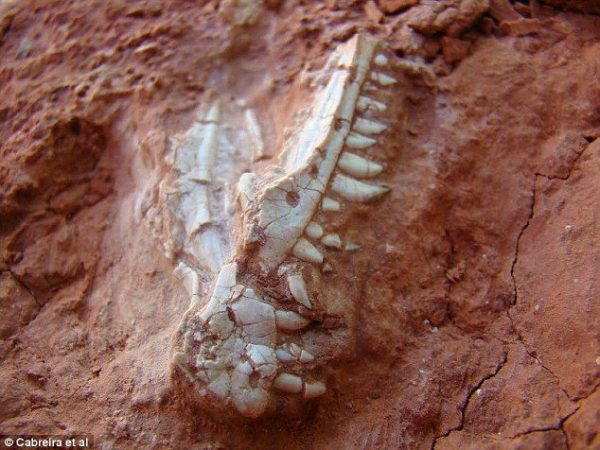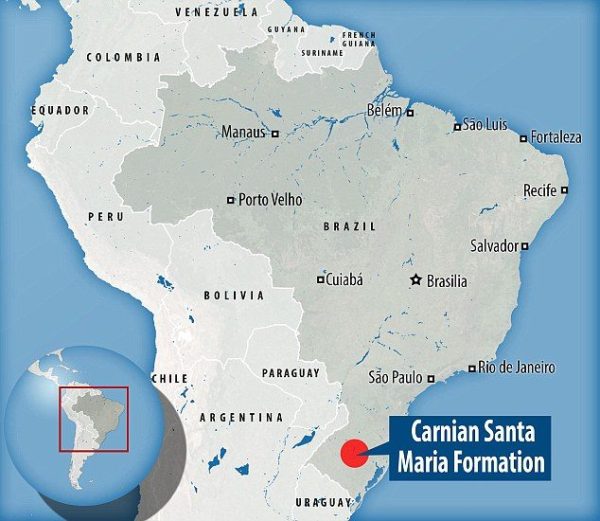In a fascinating revelation, a new fossil discovery challenges the conventional narrative of dinosaurs swiftly colonizing the land during the Triassic period. The findings, unearthed in Brazil, showcase two small dinosaurs and a creature belonging to the lagerpetids, recognized as dinosaur precursors, frozen in time.

This marks the first instance of dinosaurs and their precursors found together, suggesting a more gradual rise of these “terrible lizards.”
The fossils, Ixalerpeton polesinensis (a lagerpetid) and Buriolestes schultzi (an early dinosaur), were discovered in the 230-million-year-old Carnian Santa Maria Formation. This formation is among the oldest known rock units where dinosaur fossils have been found globally.
The simultaneous discovery of dinosaurs and their precursors implies that these ancient creatures coexisted, challenging the notionn of a rapid overtaking of other animals during the early stages of dinosaur evolution.

The findings emphasize that the coexistence of non-dinosaurian Dinosauromorpha and dinosaurs occurred early in the Triassic, countering the previous belief that this co-occurrence was restricted to later stages.
The researchers argue against the idea of a rapid replacement scenario, reinforcing the notion of a gradual ascent of dinosaurs. The new lagerpetid specimen, Ixalerpeton polesinensis, provides valuable insights into the morphology of this group, enhancing our understanding of the early stages of dinosaur evolution.

Tooth evidence from the fossils suggests that the first dinosaurs likely fed on various small animals rather than plants. This discovery sheds light on the dietary habits of early dinosaurs. The analysis also suggests that Buriolestes is one of the oldest known Sauropodomorpha, a group that includes long-necked dinosaurs like Diplodocus.
The excellent preservation of the lagerpetid specimen allows for a more detailed examination of the group’s anatomy, including skeletal elements rarely found in previous discoveries.

With ongoing research, scientists aim to further describe the anatomy of these creatures using CT scans and seek precise radioisotopic dates for the oldest dinosaur-bearing rocks. The quest for more Triassic fossils continues, promising additional revelations about Earth’s ancient inhabitants.





